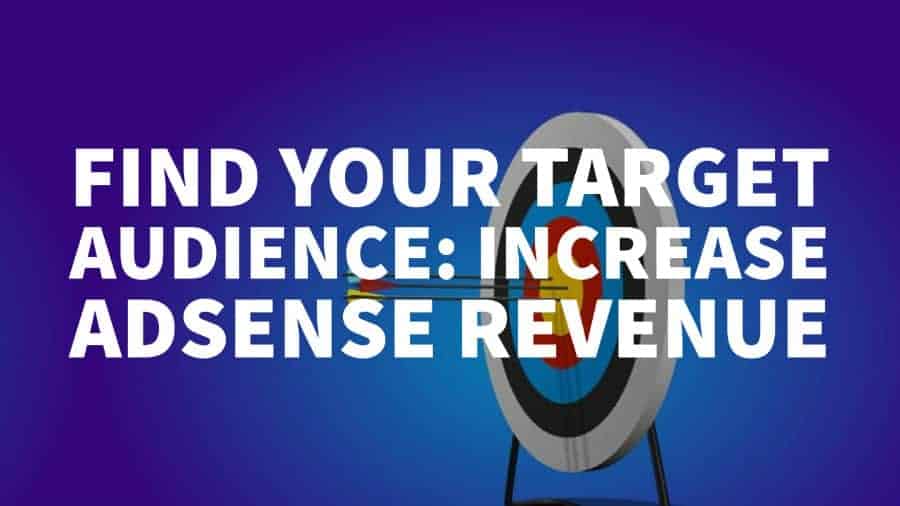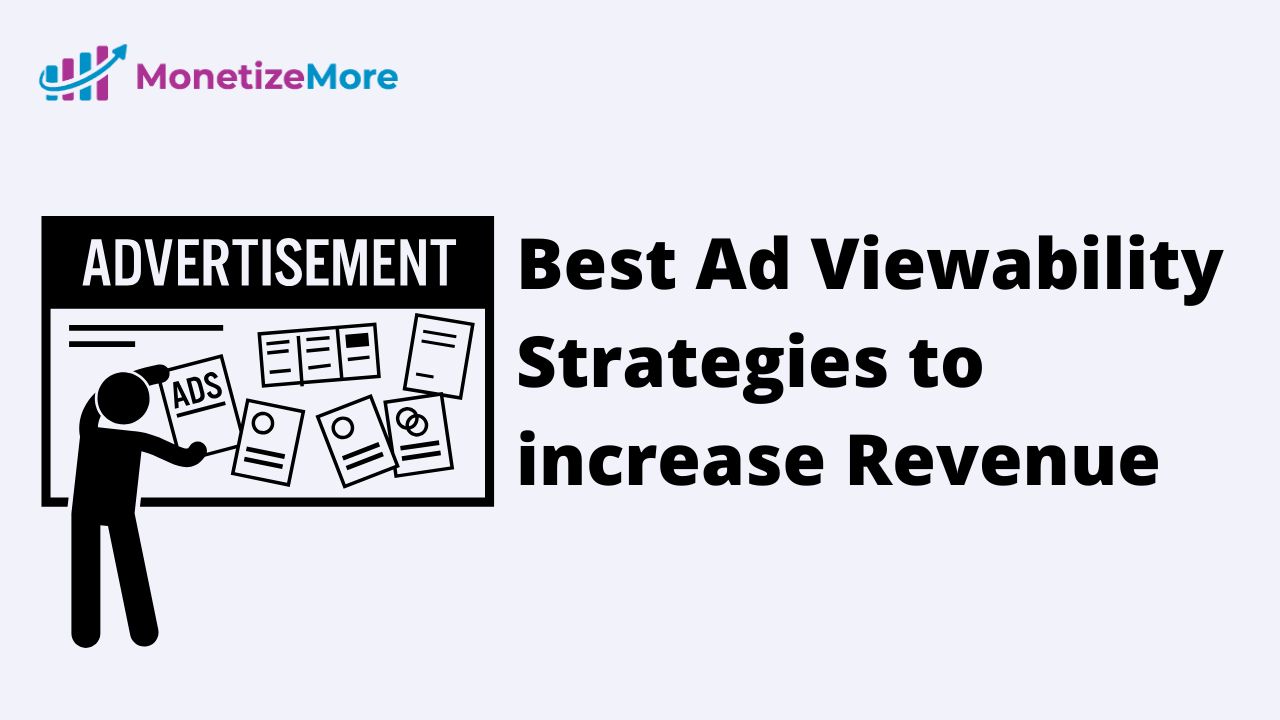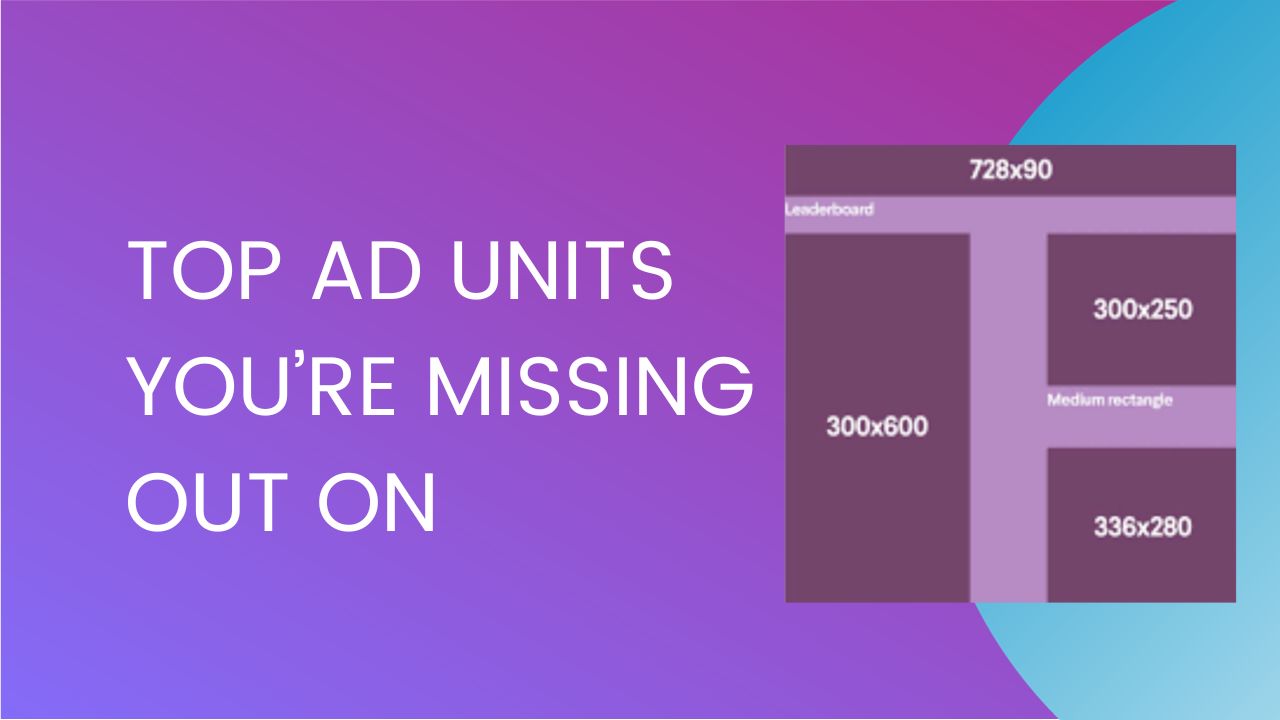
Adblock, also known as an anti-ad blocker, is a technology that internet users employ to prevent online advertisements from displaying on the websites they visit. The purpose of AdBlock technology is to give users the option to block online advertisements and customize their browsing experience according to their preferences. Adblock works by blocking online advertisements from being displayed on websites, providing users with a cleaner, ad-free browsing experience.
Users choose to use AdBlock to avoid online advertisements and have a more streamlined browsing experience. This software tool poses a significant challenge to publishers as it interferes with their ability to generate revenue through advertising.
Publishers often struggle with the impact of ad blockers on their revenue streams and look for ways to counteract these effects. To combat ad blocking effectively, you must prioritize providing a positive user experience by offering a well-balanced mix of content and advertisements.
You can read more about ad blockers here.
Adblockers have a significant impact on website owners’ revenue streams. Here’s a breakdown of how they cause revenue loss:
Direct Advertisement Blocking: The core function of ad blockers is to prevent ads from loading on websites. This directly results in:
Indirect Revenue Loss: Ad blockers have cascading effects on website revenue:
The degree of revenue loss depends on factors like:
While figures vary, studies often point to substantial revenue loss:
Publishers using AdSense face challenges in being whitelisted for acceptable ads as AdSense does not allow publishers to distinguish between static image ads and moving image ads. This limitation forces publishers to turn off image ads entirely if they want to be whitelisted, leaving them with only low-paying text ads.
The AdSense whitelisting solution results in 42%-55% less revenue for publishers compared to certified anti-adblock scripts and advanced ad screening strategies. This indicates a significant negative impact on a publisher’s net revenue when opting for the AdSense whitelisting solution.
The restriction on ad formats hurts publishers’ revenue streams as it blocks them from accessing high-paying ad formats. This limitation results in publishers having to rely on lower-paying text ads only, affecting their ability to monetize content effectively.
Websites that are whitelisted for acceptable ads are limited to text and image advertising only. Video or moving image advertising formats are not allowed as per the ‘acceptable ads standards’.
Websites must comply with the ‘acceptable ads standards’ which govern advertising placement, distinction, and sizing restrictions. These guidelines limit websites to text and image advertising only, with video or moving image advertising not permitted.
When considering the question of which anti-Adblock options publishers have, it is essential to explore various strategies to combat the challenges posed by ad blockers. Ad blockers use technology to bypass traditional advertising methods, creating a complex landscape for publishers to navigate. While implementing user-friendly advertising and paywalls are common approaches to address ad blocking, publishers may find it necessary to explore specialized anti-ad blocking services for more effective results.
In this pursuit, publishers may consider leveraging technology solutions like BlockTrough and GetAdmiral, which are recommended for those seeking to recover lost revenue from ad blocking. These services offer advanced features to counter ad blockers and ensure that publishers can reach their target audience effectively. By integrating these anti-Adblock options into their strategies, publishers can enhance their ability to combat ad blocking and optimize revenue generation.
Most publishers lose between 15-40% of their ad revenue due to ad blockers.
Anti-ad blockers are tools websites use to combat ad blockers, ensuring that ads are displayed even when a user has an ad blocker installed. Here are the common methods:
Anti-ad blockers spark a debate about the balance between the user’s right to control their browsing experience and the website’s right to monetize its content. Here are some issues:
Websites can participate in programs like Acceptable Ads to whitelist their ads for ad blocker users. Here’s what goes into the process:
Certified anti-adblock scripts use ‘acceptable ads standards’ to detect users with Adblock tools enabled and show ‘acceptable ads’ that adhere to these standards. These scripts block moving image and video ads but allow static image and text ads.
Are you struggling with RPM drops, low ad revenue, unfilled ad impressions, and blocking users? It’s discouraging to put in hours of work building up your site, traffic, and user base, to have lackluster ad revenue results.
We want to help! Our team of ad optimization experts is ready to help identify the exact issue, apply the best ad optimization techniques, and guide you through recovering ad block ad revenue.
We use certified anti-adblock scripts to display ‘acceptable ads’ to users with Adblock enabled and high-paying moving images and native video ads to users without Adblock enabled on the same site, aiming to maximize revenue and create the best user experience.
Sign up for a Starter account at MonetizeMore today!
Certified anti-adblock scripts and advanced ad screening tools are essential components for publishers seeking to combat the negative impact of ad-blocking software on their revenue streams. These technologies are designed to identify when a user is utilizing ad-blocking software and respond by displaying ads in a manner that complies with acceptable ad standards. By employing certified anti-adblock scripts, publishers can prevent the blocking of static image and text ads, ensuring that some form of advertising is still visible to users who may otherwise block all ads. Moreover, advanced ad screening mechanisms can distinguish between different types of ads, such as moving image and video ads, allowing publishers to tailor their ad delivery based on the capabilities of the user's device and preferences. By utilizing these tools effectively, publishers can capitalize on revenue opportunities by displaying 'acceptable ads' to users with ad-blocking software while presenting more lucrative moving image and native video ads to users without ad blockers.
Anti-adblock scripts employ strategies to deceive adblockers by altering the appearance of advertising content and the source of scripts. By disguising advertising content as something else and directing script downloads from different domains, these scripts create a scenario where adblock tools might not readily recognize and block the requests. Some scripts, such as those developed by Finteza or Yavli, further complicate adblock detection by masking third-party scripts as originating from the website's subdomain rather than external domains. This action intends to mislead adblock tools, disrupting their ability to effectively block unwanted content. However, the efficacy of these anti-adblock scripts is usually short-lived as adblock tools continuously evolve to identify and counteract such deceptive practices. Consequently, webmasters are often caught in a cycle of needing to switch, monitor, and update these scripts, making it a time-consuming and frustrating endeavor to stay ahead in the ongoing battle between anti-adblock measures and adblocking technologies.
When considering the choice of an anti-adblock tool, the decision is primarily influenced by the preferences and revenue goals of the publishers. Ultimately, publishers should select an anti-adblock tool like GetAdmiral that aligns with their comfort levels and targets for revenue recovery.
Anti-Adblock Killer is a browser script created by reek that aims to prevent websites from displaying messages asking users to disable their ad blockers. This script has gained traction as it caters to users who seek to evade interruptions from popup notifications that hinder their browsing experience. In essence, Anti-Adblock Killer works by blocking the prompts that websites typically use to request users to disable their ad blockers, allowing users to navigate websites without these disruptions.
Adblock has gained popularity among internet users due to the prevalence of websites utilizing aggressive advertising strategies. Users have increasingly turned to ad blockers to combat intrusive ads such as pop-ups, interstitials, autoplay video ads, and excessive ad volume that disrupt their browsing experience. By enabling ad blockers, users seek to avoid the inconvenience and annoyance caused by these ads, leading to a more streamlined and enjoyable online experience. The appeal of ad blockers lies in the improved browsing speeds and cleaner webpage layouts that result from blocking ads. However, this newfound convenience for users comes at the expense of website owners, who experience a loss in revenue as a consequence of adblock usage.
Publishers have the option to use popup requests to disable adblockers and to get whitelisted for 'acceptable ads'.

With over seven years at the forefront of programmatic advertising, Aleesha is a renowned Ad-Tech expert, blending innovative strategies with cutting-edge technology. Her insights have reshaped programmatic advertising, leading to groundbreaking campaigns and 10X ROI increases for publishers and global brands. She believes in setting new standards in dynamic ad targeting and optimization.



10X your ad revenue with our award-winning solutions.